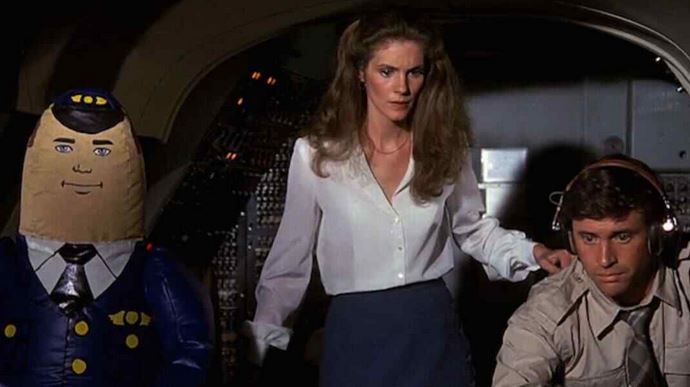Podcast: Play in new window | Download
Subscribe: RSS
I don’t particularly like being a doom and gloom guy when discussing any major sport. Having less to write and talk about is definitely not good for this Southern sports guy.
The second season of the United Football League’s (UFL) spring football has been a downright disaster which very few people seem to care about right now.
The stats don’t lie.
In-stadium attendance and national television ratings for the UFL in 2025 indicate that this spring pro football league is bound for the sports graveyard soon.
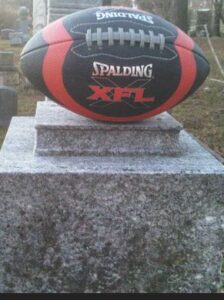
The first eight weeks of the 2025 UFL season have been disastrous in terms of in-stadium home attendance.
Only the St. Louis Battlehawks (29,500/game), DC Defenders (13,700/game), and Michigan Panthers (10,600) are averaging more than 10,000 tickets sold per game through eight weeks of the UFL’s 10-game regular season.
Most of the other five teams in this league (Arlington (TX), Birmingham, Houston, Memphis, and San Antonio) have not been able to crack 10,000 fans for even one home game in 2025.

This season’s week-by-week average attendance is down by more than 10% from last year’s paltry weekly totals.

The trend is not the UFL’s friend in 2025.
Why is the UFL floundering in the South?
The Birmingham Stallions have won their last three seasons in spring football.

They won the first two years in the now-defunct USFL and then captured the first UFL (a merger of the fiscally thrifty USFL and the money-consuming XFL beginning in 2024) title last summer.
In three home games played in 2025, the defending champion Birmingham Stallions are averaging less than 8,000 paying customers.
The states of Alabama, Texas and Tennessee are considered to among the most robust markets in college football.
But college football is played during the fall as temperatures are starting to cool down.
The UFL, though, plays its games during the months of April, May, and June when outdoor temperatures in Southern states are rising by the week.
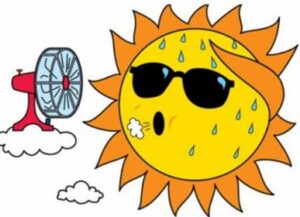
Who wants to watch minor league football being played outside when you are sitting in a nearly empty football stadium with 90-degree temperatures and steamy humidity?
St. Louis also gets hot and humid at this time of year. The Battlehawks (along with Michigan and San Antonio) play inside of a domed stadium providing air-conditioned comfort.

The primary reason why football fans in the city of St. Louis have embraced the UFL’s Battlehawks was to send a message to the NFL. You may remember that the St. Louis Rams slinked out of town and moved to Los Angeles in 2016.
St. Louis desperately wants another chance to become the home of an NFL franchise.
When you remove St. Louis’ healthy attendance, the other seven UFL teams are averaging a meager 9,000 paying fans per home game.
UFL ticket prices average about $25. That equates to home team revenue (for non-St. Louis UFL teams) of about $225,000 per game.

The cost of players alone ($5,500/week for 45 active players = $247,500) is not being covered by seven of the eight UFL teams though Week #8 in 2025.
It gets worse. Television viewership is dropping, too
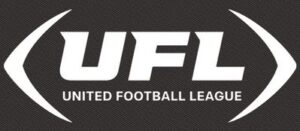
The UFL’s four game weekly schedule is being televised by major football networks such as ABC, ESPN, and FOX.
NFL regular season games attract anywhere from 15 to 20 million viewers on those same networks.
The UFL 2025 regular season games are averaging a paltry 621,000 television viewers per game.

UFL Week #8 showed 32% fewer television viewers than the same week in 2024.
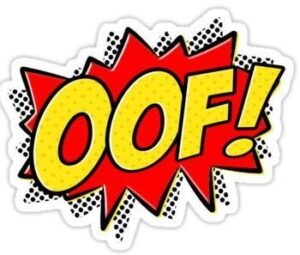
Ouch, indeed!
FOX decided to give the UFL a weekly Friday evening 7PM Central prime time slot this spring in hopes of building an loyal viewing audience.
Week #1’s 690,000 viewing audience remains the high water mark in 2025. Week #8 saw the FOX Friday Night UFL viewership decline to 573,000.
That’s a 17% slide from the beginning of the spring football season.
The UFL believes that competition from other major sports has hampered interest in their spring football product.
Perhaps it is more likely that the UFL’s owners convinced themselves into believing that America had a pent-up demand for spring professional football.
Let’s talk about the competition for spring TV sports viewers

The NFL is the Godzilla of televised sports in America.
The owners of the UFL (Fox Sports and a group led by Dwayne “The Rock” Johnson) believed their spring professional football product should easily capture at least one million television viewers per game for its relatively short 10-week regular season schedule.
The competition for television viewership during the spring primarily comes from an assortment of other sports. None approaches the massive popularity of the NFL and college football in the fall.
The NBA’s never-ending three months of playoffs (April, May, and June) have finally moved into the Eastern and Western Conference finals this week.
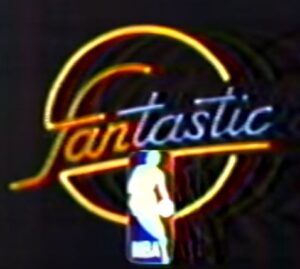
Recent television ratings for the NBA playoffs have been as high as five million per game. June’s best-of-seven NBA Finals may double that number if one or more of the teams is located in a major US television market such as New York City.
Major League Baseball began its lengthy six-month 162-game regular season schedule from April through September. TV ratings for early-season baseball rarely top 1.5 million viewers. Baseball’s viewership has been declining for decades.
The PGA Tour on CBS and NBC regularly attract a spring weekend audience of more than two million viewers. Major golf championships such as The Masters and PGA Championship usually double that number.
The National Hockey League mirrors the NBA with its lengthy three-month post-season schedule.

This year’s 2025 NHL playoff games have seen a 25% decline in television viewership. An average audience of about 800,000 has been watching televised hockey playoffs on either ESPN and TNT.
That means that the NHL (while declining in numbers) is still significantly ahead of the UFL spring football games in terms of television viewers.
Why hasn’t the UFL caught on with fans after two years?

The eight UFL teams do not produce as much offensive firepower as the NFL nor do the teams possess enough offensive stars to attract more fan interest.
This season has produced just four 300-yard passing games in 32 regular season games played through Week #8. Only five 100-yard running performances have been posted during the same period.
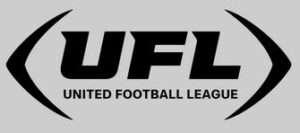
UFL spring games are (generally) lower scoring than their NFL counterparts.
The top scoring UFL team in 2025 has been the 6-3 Michigan Panthers at 25 points per game. The lowly 2-7 Memphis Showboats are last with just 15 points per outing.
Let’s compare that to regular season scoring in the NFL last year. The 15-2 Detroit Lions led the way in 2024 by averaging 33 points per game. Cleveland (3-14 last year) scored 15 points per week.
The vast majority of UFL football players will never play a down in the NFL. That doesn’t mean that the players are not very talented. Many were initially drafted by NFL teams or have participated in NFL training camps.
Paying customers at UFL stadiums and fans watching at home must invest significant time to become familiar with each team’s players.
Some players came from “name” college football programs, but the majority played for schools in lesser known conferences.
The NFL dream is still on the minds of most UFL players

Most UFL players hope to be invited to an NFL training camp once the league’s season ends in mid-June.
The majority will not receive that phone call, though.
The UFL would greatly benefit from becoming a developmental league for the NFL. Having tie-ins with a cluster of NFL teams would bring more fan interest to this spring league.
The NFL has chosen to watch the UFL from afar and not invest in the product. Yet.
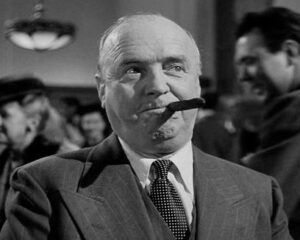
The cost of operations for the UFL has proven to be unsustainable with faltering television ratings and even weaker in-stadium attendance.
Perhaps the NFL is waiting for the UFL’s current owners to waive the white flag of surrender in order to buy the league for peanuts.
More likely, the NFL’s billionaire owners are hoping that the upstart UFL (like so many failed spring football ventures) will fold under mounting financial pressures and become another name for sports history books.
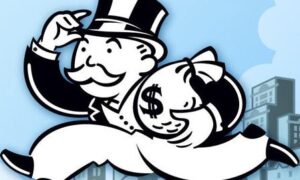
There’s nothing quite like being a virtual monopoly!

